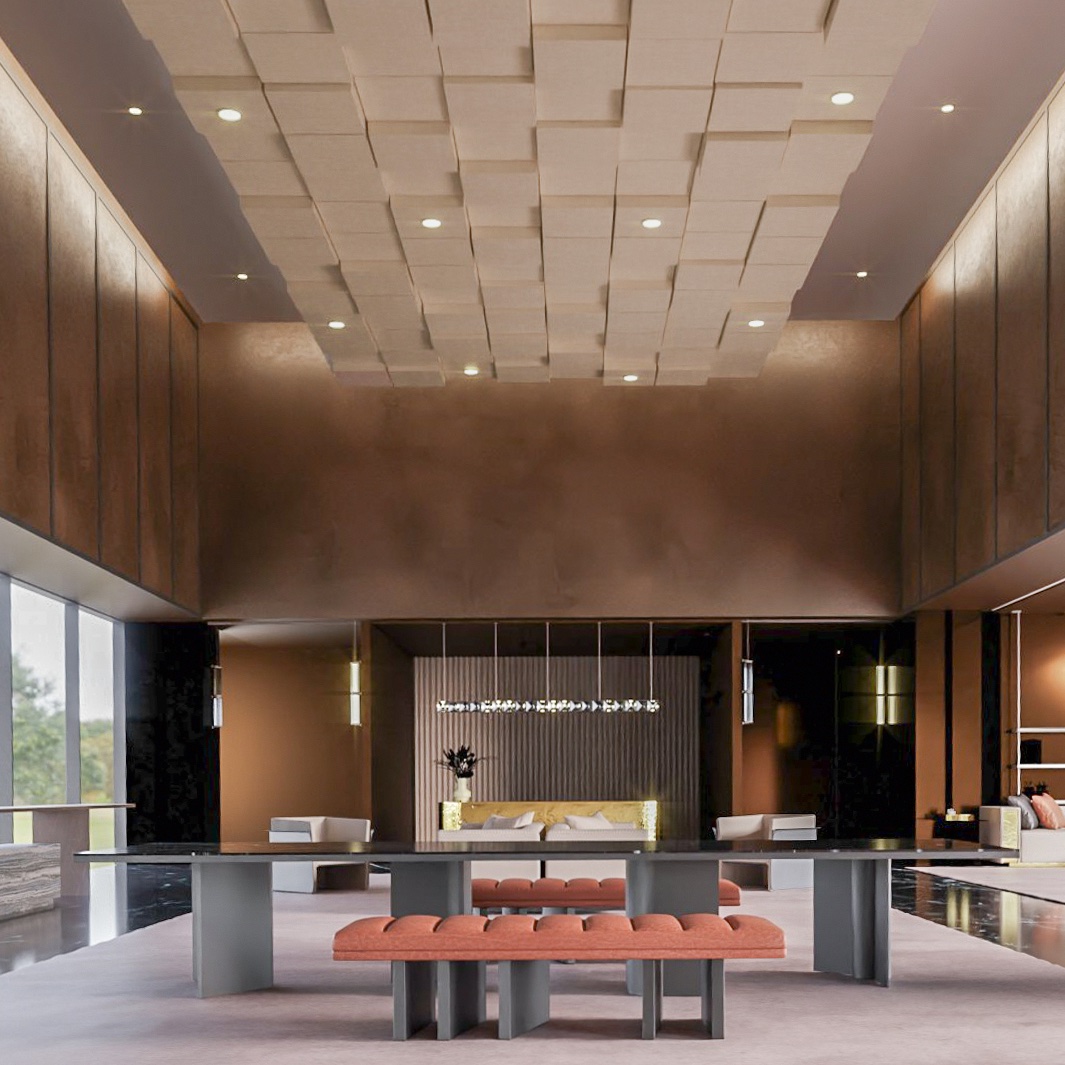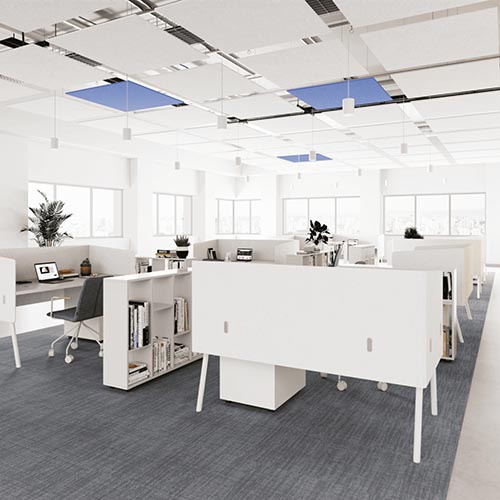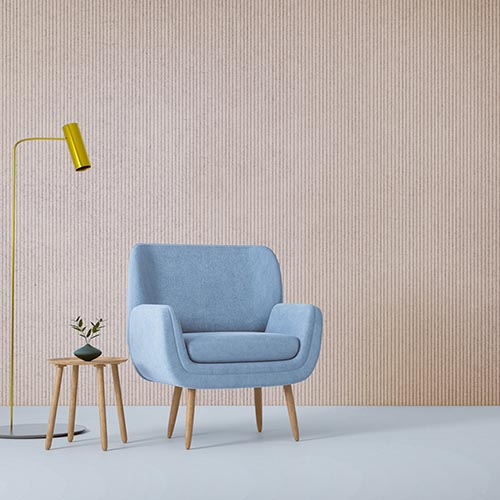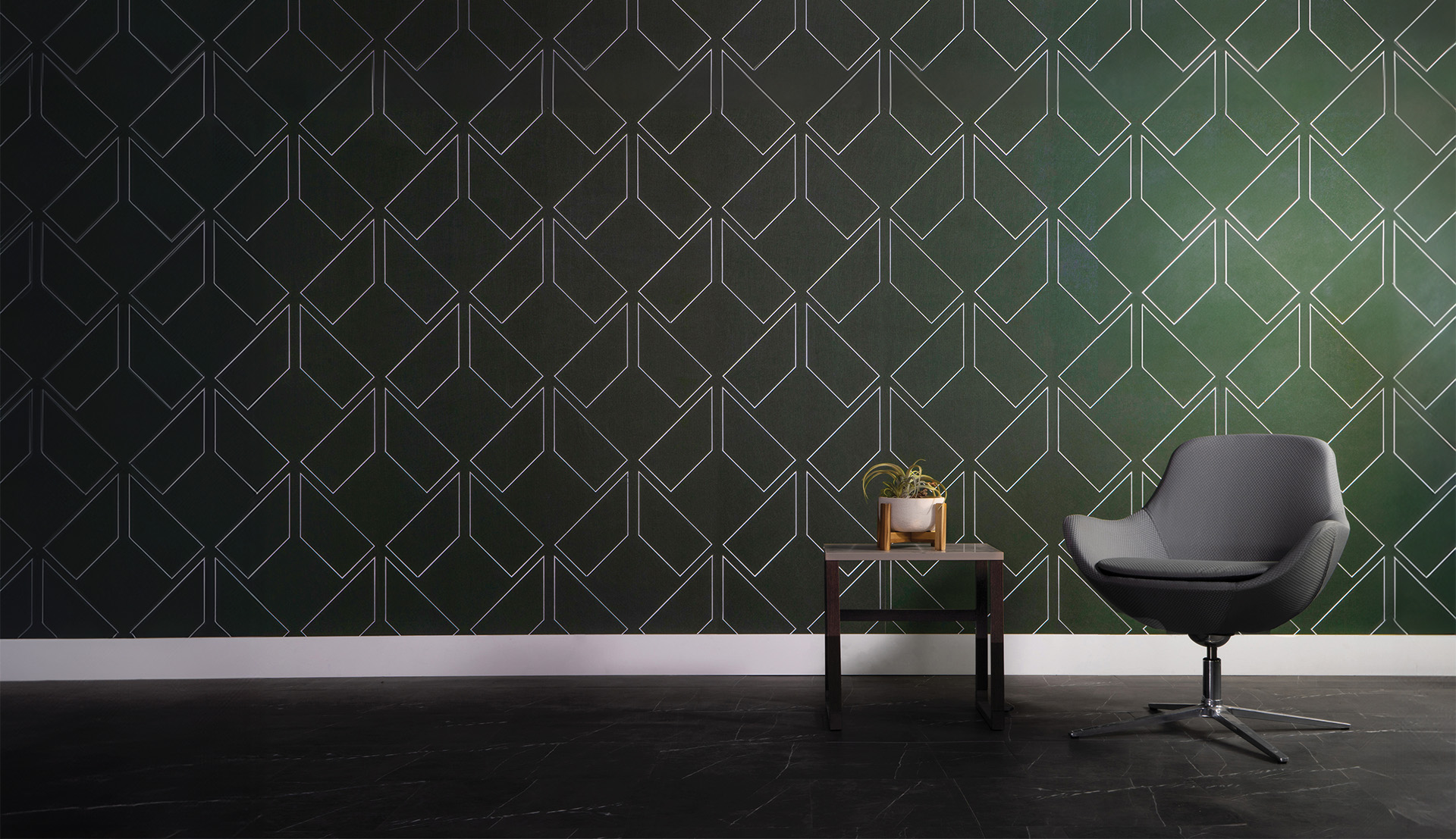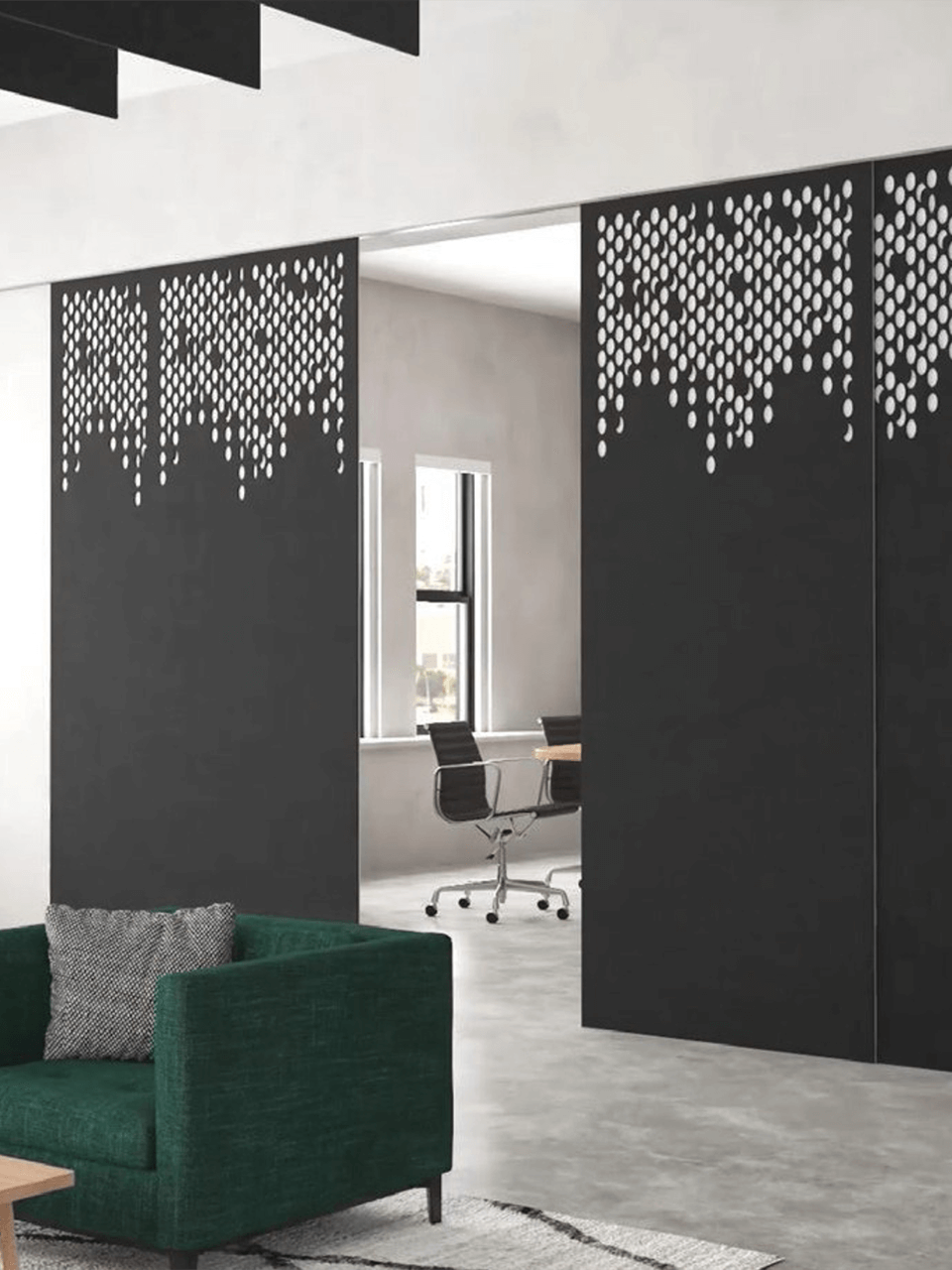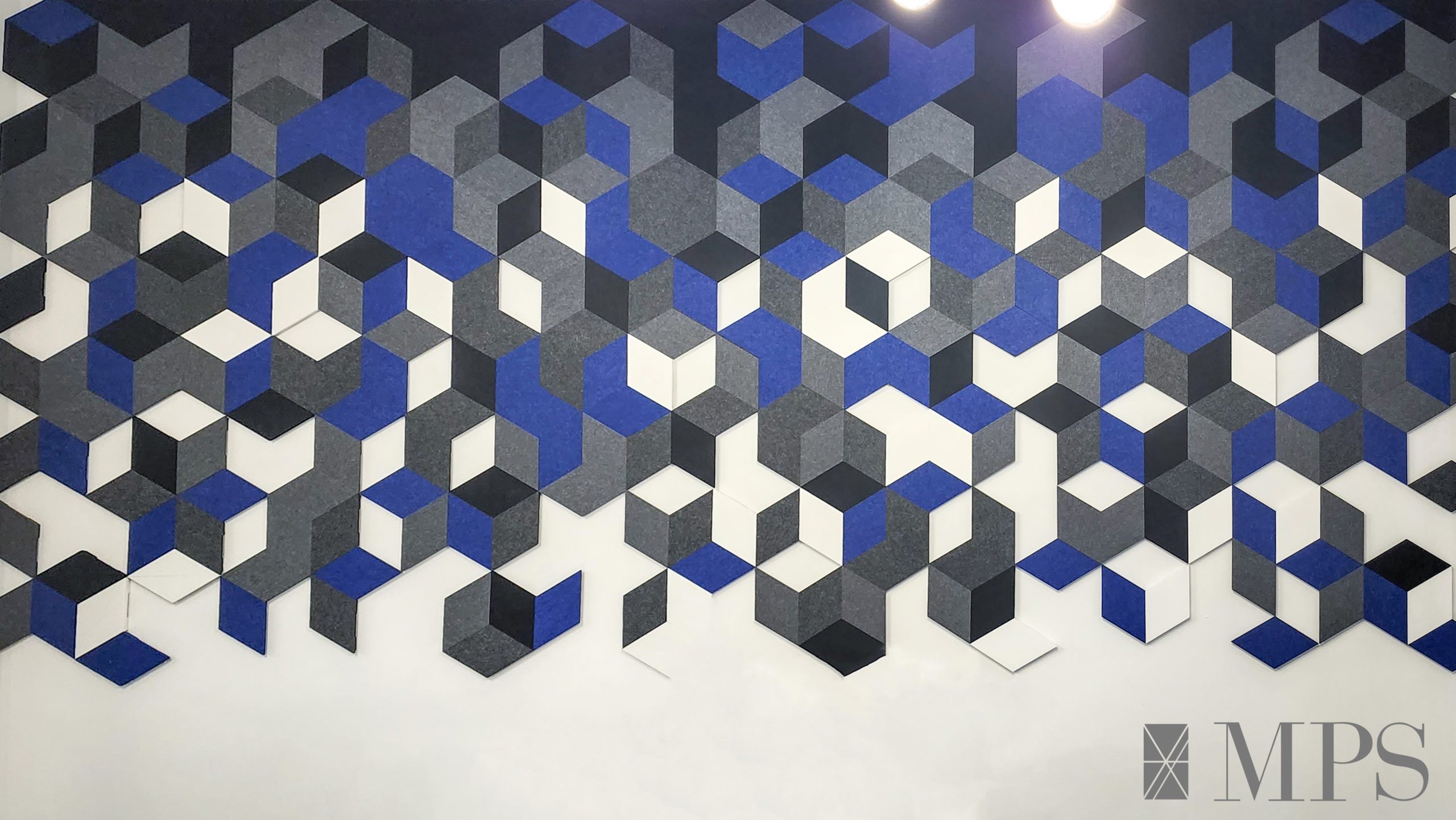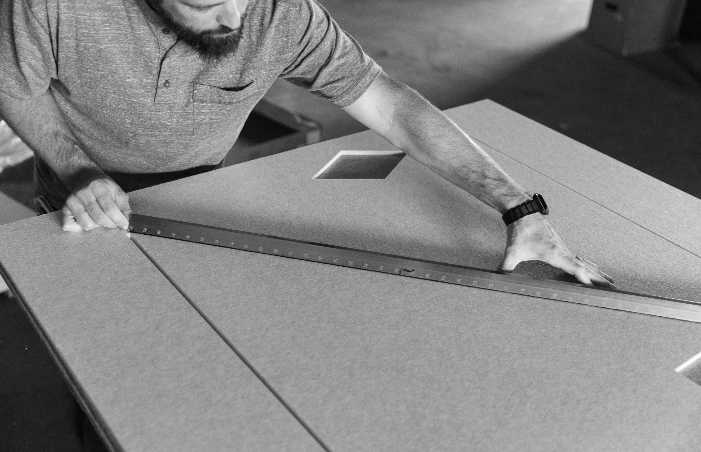Cozby Library continues to roll out new additions and amenities (the popular drive-thru book drop-off, self-service checkout, catalog tablets, among others!), and more are still to come, like digital media workstations with audio, video, graphic design and web design software. Also exciting is the library’s plan to install VoiceArrest™ sound masking system to address visitor complaints about noise levels in the building.
The silence conundrum of libraries
Libraries are famous for mandatory silence. Unfortunately, silence is the playground of noise. Librarians almost do magic in managing space to preserve silence. A study across four university libraries in South Florida found that directors and key librarians “observe students’ natural use of library space and designate those areas accordingly.”[1]
Collaboration, also the aim (and bane) of open offices, is now the accepted norm for libraries, too, where students go for group study or group projects. Consequently, the study also found the problematic lack of speech privacy in libraries: designated levels or areas for working in groups and in silence are compromised by open mezzanine designs. Speech and sounds carry far or seep between floors. In another study, students even complained that what distracts them most is distinctly hearing the staff talking in the library reception and offices.
The origins of noise in libraries

The offending noise does not come from students or residents violating the rule of silence in the library’s quiet study areas, but from areas nearby.
Surveys conducted to find out the effectiveness of installing noise meters [2] in libraries show that sound simply carries across the whole floor.
Staff talk in their offices and work areas and visitors talk outside or beyond designated areas for silence and don’t realize their voices and other noise they make (talking on the phone, eating and drinking noises, printer and copier noises, phones chirping or vibrating) carry through the building.
Whisper chats across study booths also drift far, along with music audible through people’s headphones. Speaking of headphones, people wearing them for music or soundproofing are oblivious to the noise they make as they move around.
Neither the group study rooms and quiet areas are soundproof. Aside from noise in the building, parking lot, road and quad noises also come in.
Sound masking solves distraction and privacy issues in libraries
Very few libraries have volunteers or the budget to extend staff or security to the role of noise monitoring. Visitors usually self-monitor and enforce the implicit rules about the library space through soft verbal warnings or simply, a look that speaks volumes. But when the source of the noise is not in the room? Throat clearing and glaring are ineffective.
While noise monitoring devices have been found to have no effect, cutting-edge sound masking would remove the distracting noises in libraries and just as importantly, the issue of speech privacy for staff and other meetings, without the considerable expense of soundproofing.
The VoiceArrest™ sound masking system uses exclusive patented technology to adapt to noise levels, effectively covering speech as needed, without deafening library visitors during quiet. Inferior sound masking doesn’t adapt, and libraries’ unpredictable noise levels need adaptive sound masking technology: half the time, noise levels rise with the number of people in the building, and the other half of the time, the more visitors there are, the more people seem to boost each other to observing silence.
With adaptive technology, VoiceArrest™ efficiently and consistently makes speech beyond a 12- to 16-foot radius unintelligible. EcoPrivacy Acoustic™ panels help to further absorb and block noise, containing it within its designated space. Library visitors can concentrate without being disturbed, or collaborate with peers without disturbing others.
References:
1. Janet E. Franks & Darla C. Asher, Noise Management in Twenty-First Century Libraries: Case Studies of Four U.S., Academic Institutions New Review of Academic Librarianship Vol. 20, Iss. 3, 2014 10.1080/13614533.2014.891528
2. Lange, J., Miller-Nesbitt, A., Severson., S. (2016) Reducing noise in the academic library: The effectiveness of installing noise meters. Library Hi Tech, 34(1), 45-63. doi: 10.1108/LHT-04-2015-0034

